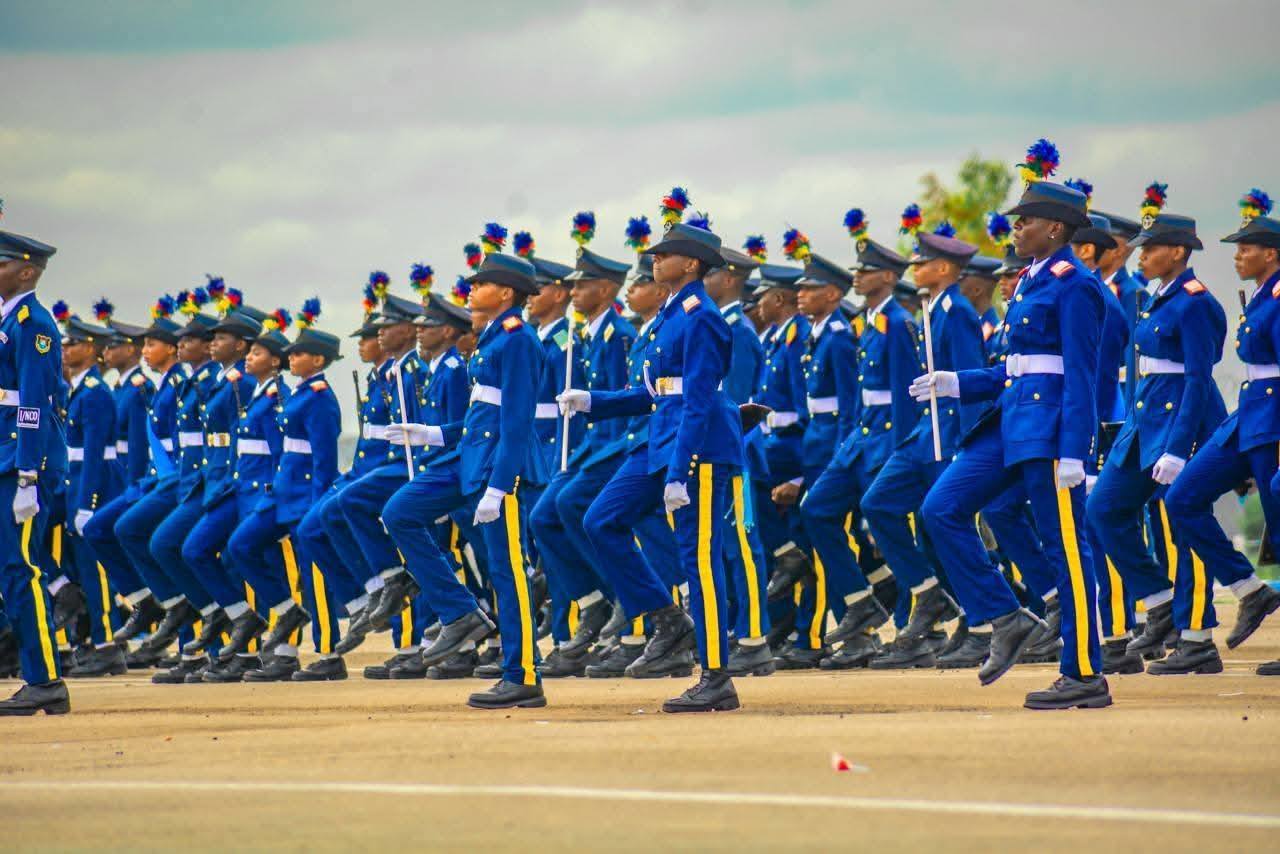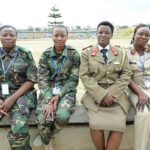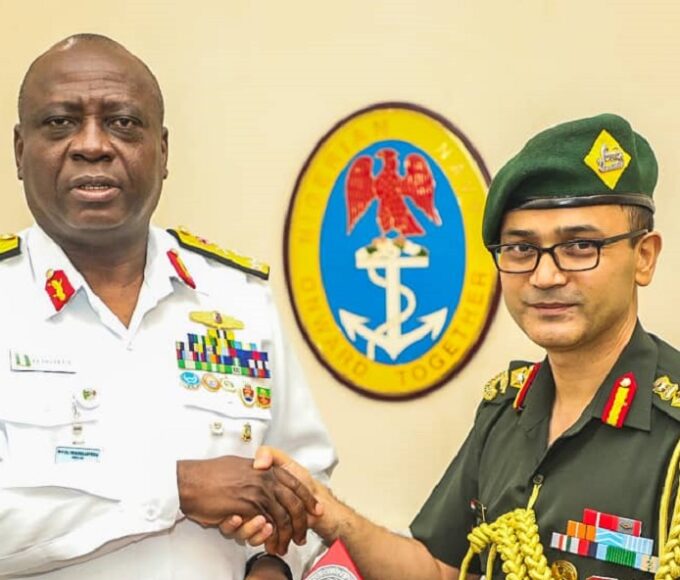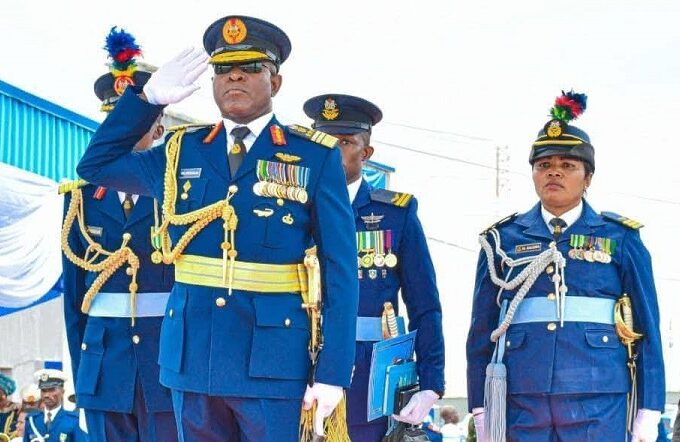Inside the Transformation of the Nigerian Defence Academy

As Nigeria confronts a spectrum of 21st-century security challenges—from insurgencies and piracy to cyber threats—the country’s premier military institution is undergoing a quiet but ambitious transformation. The Nigerian Defence Academy (NDA), once a conventional training ground rooted in colonial-era doctrine, is evolving into a modern centre for strategic leadership, asymmetric warfare education, and multidisciplinary officer development.
This article examines the structural reforms, curriculum overhaul, and operational reorientation reshaping the NDA. It also assesses the institution’s impact on Nigeria’s broader security architecture and the challenges it faces in staying relevant to the nation’s defence priorities.
Why Reform the NDA Now?
Founded in 1964 in Kaduna State, the NDA has traditionally served as the cradle of Nigeria’s officer corps. But over the last two decades, the changing character of conflict in Nigeria and across West Africa has exposed major gaps in military leadership preparation.
Key drivers behind NDA’s transformation include:
- The prolonged insurgency in the North-East (Boko Haram, ISWAP)
- Rising banditry and rural terrorism in the North-West
- Piracy and oil infrastructure threats in the Niger Delta
- Urban security complexities and internal military-civil relations
- The growing need for cyber warfare and information operations capacity
According to NDA Commandant Major General John E. Ogwu, “We are no longer training cadets for a conventional battlefield. The fight today is psychological, ideological, technological—and we must produce leaders who understand all dimensions.”
Major Pillars of Transformation
- Curriculum Overhaul
The NDA’s syllabus now includes modules in:
- Asymmetric warfare and counter-insurgency
- Cyber operations and information warfare
- Strategic leadership and defence economics
- Media and civil-military relations
- African security policy and AU frameworks
The Academy also now offers master’s and doctoral programmes in defence studies, strategic intelligence, and military history, aligning it with global war college standards.
- Joint-Service Integration
All three military branches—Army, Navy, and Air Force—now participate in cross-service exercises and joint command simulations. This has improved interoperability and coordination in multi-theatre operations.
- Internationalisation
NDA is strengthening exchange partnerships with:
- Royal Military Academy Sandhurst (UK)
- National Defence College, Kenya
- United States Africa Command (AFRICOM)
- Ghana Armed Forces Command and Staff College (GAFCSC)
This global outlook is helping cadets benchmark against international standards while incorporating lessons specific to African conflict zones.
- Technology and Simulation
The introduction of a Tactical Operations Centre and digital war gaming software has enhanced hands-on leadership training. Cadets participate in scenario-based exercises replicating real-time challenges from Sambisa Forest to the Gulf of Guinea.
New Schools and Centres of Excellence
| Unit | Focus Area | Established |
| School of Asymmetric Warfare | Insurgency, counter-terrorism, urban ops | 2021 |
| Cyber Defence Research Centre | Cybersecurity, information ops, digital forensics | 2022 |
| Peace and Leadership Institute | Peacebuilding, ethics, transitional justice | 2023 |
| Gender and Leadership Desk | Female officer development, inclusion policy | 2024 |
These centres serve as think tanks and policy labs, bridging academia, field experience, and regional security collaboration.
Benefits of NDA’s Transformation
- Operational Readiness
Graduates are now better equipped to lead operations in complex environments such as Zamfara, Borno, and Bakassi. - Strategic Alignment
The new curriculum aligns with Nigeria’s National Security Strategy and the ECOWAS Conflict Prevention Framework (ECPF). - Intellectual Capital
The Academy’s research output informs military doctrine, training manuals, and inter-agency policy. - Professional Officer Corps
NDA graduates are assuming leadership roles earlier in their careers, backed by broader critical thinking and decision-making capacity.
Challenges and Gaps
Despite its transformation, the NDA still contends with several issues:
- Resource Constraints: Funding shortfalls have delayed infrastructure upgrades and stalled faculty recruitment in key areas like cyber security and intelligence.
- Institutional Inertia: Some senior officers resist curriculum changes that challenge traditional command culture.
- Infrastructure Decay: Student housing, power supply, and water systems remain under pressure due to overcapacity and neglect.
- Digital Divide: While digital tools are integrated into cadet training, consistent access and bandwidth reliability remain erratic.
- Recruitment Bias: A lack of diversity in regional intake and persistent gender imbalance limit the Academy’s inclusivity ambitions.
Training Programmes Snapshot (2023–2025)
| Programme | Description | Intake |
| Advanced COIN Leadership | Theatre-level command strategies in irregular conflict | 200 officers/year |
| Cyber Threats and Tactical Response | Counter-UAV, phishing, and infrastructure defence | 150 officers/year |
| Peacekeeping Simulation Module | AU/UN mission preparation using VR combat theatres | 100 cadets/session |
| Strategic Communication | Civil engagement, crisis media training | 120 officers/year |
Recommendations for Sustaining the Gains
- Defence-Academia Collaboration: Deepen partnerships with Nigerian universities for content development and research integration.
- Public-Private Partnerships: Invite tech firms and defence contractors to sponsor digital learning and infrastructure upgrades.
- Monitoring and Evaluation Frameworks: Establish metrics for tracking the effectiveness of training outcomes against real-world operations.
- Expand Female Representation: Introduce leadership pathways tailored for female cadets and deploy role models to mentor new intakes.
- Doctrine Development Hub: Institutionalise a permanent office for doctrine innovation tied to the Office of the National Security Adviser (ONSA).
A Command School for the Future
The Nigerian Defence Academy is more than a training ground—it is a living institution adapting to the fluid terrain of modern conflict. By reimagining its command curriculum, investing in digital capacity, and embracing joint-service coordination, it is producing a new generation of officers prepared to lead in complexity.
But transformation is not a destination—it is a process. As Nigeria continues to face hybrid threats, the NDA’s ability to produce strategic leaders, not just tactical fighters, may well define the next chapter of the nation’s military evolution.
Institutional Snapshot (2023–2025):
- Estimated annual cadet intake: 2,000+
- Percentage of cadets on postgraduate military tracks: 35%
- Female officer cadets: 9%
- Joint-service command exercises per year: 12
- New research papers published by NDA faculty: 100+ annually
King Richard Igimoh, Group Editor ALO
King Richard Igimoh, Group Editor African Leadership Organisation is an award-winning journalist, editor, and publisher with over two decades of expertise in political, defence, and international affairs reporting. As Group Editor of the African Leadership Organisation—publishers of African Leadership Magazine, African Defence & Security Magazine, and Africa Projects Magazine—he delivers incisive coverage that amplifies Africa’s voice in global security, policy, and leadership discourse. He provides frontline editorial coverage of high-profile international events, including the ALM Persons of the Year, the African Summit, and the African Business and Leadership Awards (ABLA) in London, as well as the International Forum for African and Caribbean Leadership (IFAL) in New York City during the United Nations General Assembly.
Recent Posts
Categories
- Air & Aerospace15
- Border Security14
- Civil Security3
- Civil Wars4
- Crisis4
- Cyber Security4
- Defense15
- Diplomacy17
- Entrepreneurship1
- Events5
- Global Security Watch6
- Industry6
- Land & Army7
- Leadership & Training3
- Military Aviation2
- Military History27
- Military Speeches1
- Naval & Maritime8
- Resources1
- Security12
- Special Forces1
- Systems And Technology8
- Tech6
- Uncategorized3
- UNSC1
- Veterans6
- Women in Defence9
Related Articles
Mentorship and the African Soldier: The New Era of Officer Cadre Development
In African military institutions long defined by rank, rigidity, and routine, a...
ByKing Richard Igimoh, Group Editor ALOAugust 1, 2025Africa’s Top Military Colleges: Shaping Tomorrow’s Commanders
As Africa navigates a rapidly evolving security environment—marked by hybrid warfare, insurgency...
ByKing Richard Igimoh, Group Editor ALOAugust 1, 2025












